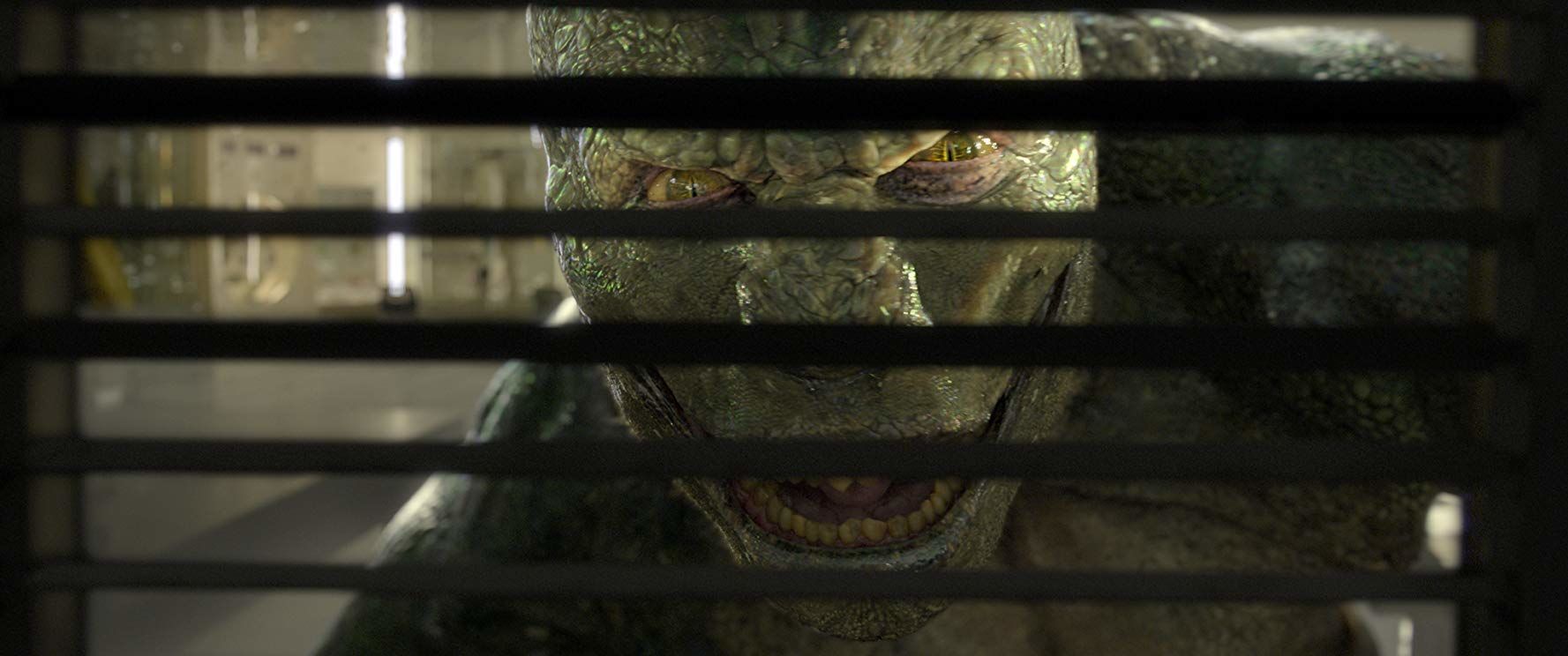Create a free profile to get unlimited access to exclusive videos, sweepstakes, and more!
Lizard men? New study shows sort-of-reptilian muscles exist in human embryos

So maybe there hasn’t been a humanoid lizard born yet (that we know of) or transformed by a serum like the Lizard in The Amazing Spider-Man (above), but at least in utero, humans still show signs of some really unlikely ancestors.
Some of these signs come from atavistic muscles, which are ancient and usually obsolete but sometimes reappear in embryos or adults as variations and anomalies, and have recently been discovered in human embryos by a team of evolutionary biologists at Howard University. Most of these muscles are found in other limbed animals—but not adult humans. They vanished from our species 250 million years ago when our synapsid reptile ancestors started to evolve into mammals.
Think of the vestigial wings on flightless birds that we start developing as a tail that eventually ends up as our tailbone. It’s kind of like that, just weirder.
“What is fascinating is that we observed various muscles that have never been described in human prenatal development, and that some of these atavistic muscles were seen even in 11.5-weeks old fetuses, which is strikingly late for developmental atavisms," said team lead Dr. Rui Diogo, who recently published his team's findings in the journal Development.
Synapsid reptiles are human ancestors that lived during the Permian and Triassic periods and displayed mammalian characteristics. While they weren’t exactly lizard men who morphed into humans, they were lizards who gradually evolved into mammals that would eventually evolve into us. It might freak you out even more that, out of the 30 muscles that form in a human embryo by seven weeks, a third will either fuse or just vanish after 13 weeks.
See the hand of a 10-week-old human embryo right here. The dorsometacarpales muscles that are pointed out in the image exist in adults of other species, but either fuse with other muscles or completely disappear pre-birth. Studies like that have been used to find out how other animals like fish and frogs evolved, but our own species is just now getting demystified. Human arm and leg muscles have never been described or analyzed like this before. Images such as that hand are completely unprecedented.
There have been debates about atavistic muscles since Darwin’s evolutionary theory emerged. Proof of disappearing lizard muscles also crushes the myth that humans evolved into more complex beings and become more complex during prenatal development. Instead of more muscles forming or splitting from others, the opposite happens.
"These findings offer new insights into how our arms and legs evolved from our ancestors', and also about human variations and pathologies, as atavistic muscles are often found either as rare variations in the common human population or as anomalies found in humans born with congenital malformations," Diogo said.
Even though we’re not going to be seeing The Lizard or any sort of humanoid reptile outside of urban legends, you have to admit that just the thought of reptilian muscles in humans is kind of creepy.
(via Howard University)


























